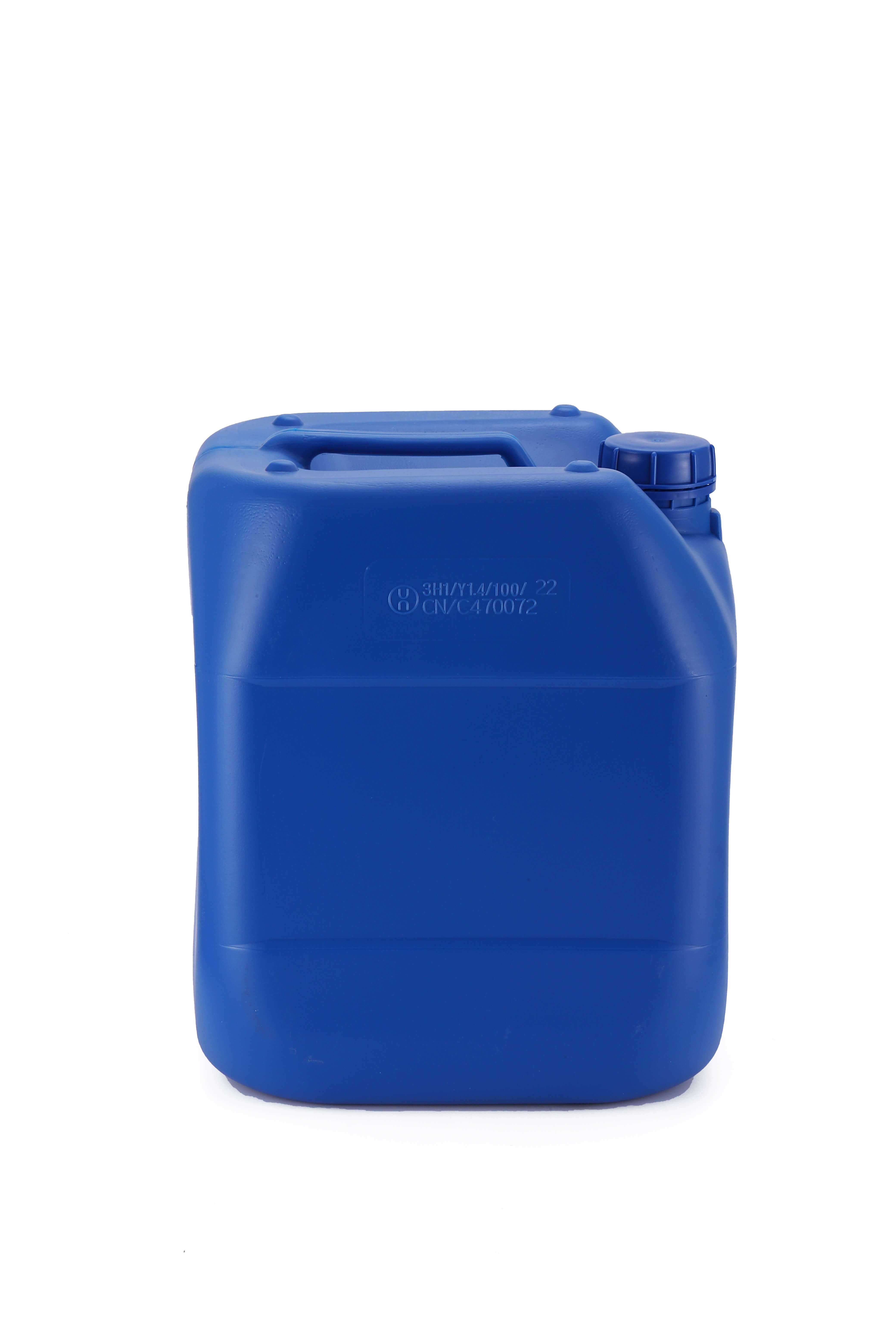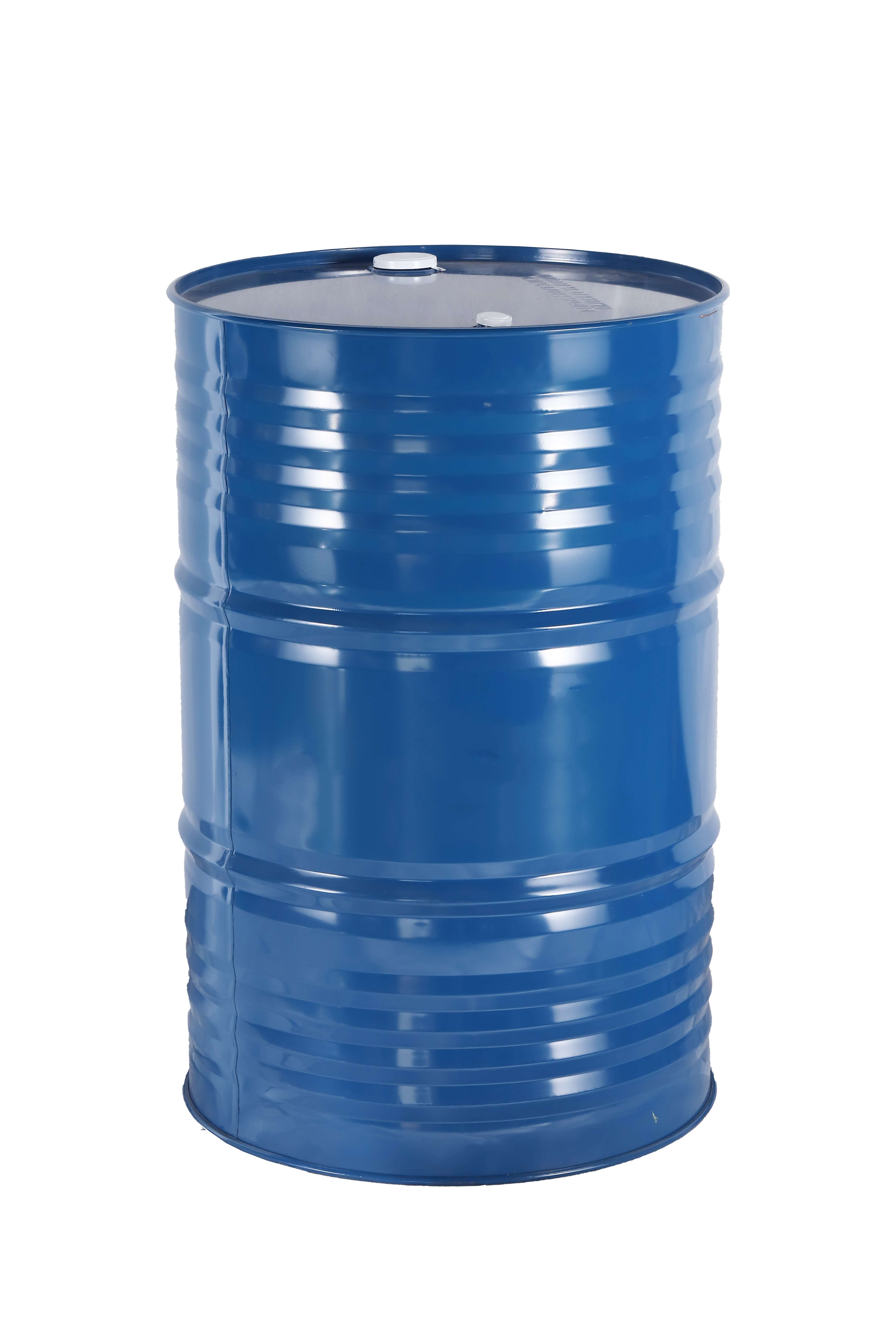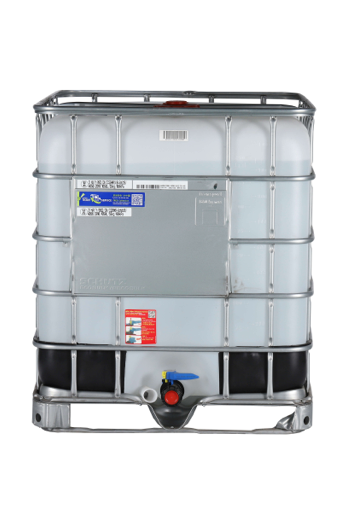English
| Availability: | |
|---|---|
| Quantity: | |








ZCA-N38
ZCA-N38
103455-10-3
1.Product Introduction of the Zirconate ZCA-N38(CAS:103455-10-3)
Zirconate ZCA-N38(CAS:103455-10-3), Our model ZCA-N38(equivalent to Ken-React® NZ 38),ZCA-N38 is a neoalkoxy pyrophosphato zirconate coupling agent; it has a better thermostability compared to monoalkoxy zirconate.
The main advantage of zirconates ZCA-N38 is their greater stability; unlike zircoantes it neither discolor body producers in the presence of phenols (with the exception of nitrophenols), nor do it interact with hindered amines (HALS). In unfilled plastics it also often improves UV stability compared to zircoantes, and the neoalkoxy variant can provide novel opportunities for coupling fluorinated polymers to metal substrates.
2.Product Parameter (Specification) of the Zirconate ZCA-N38(CAS:103455-10-3)
Index | Value |
Zirconate type | Neoalkoxy |
Appearance | Reddish |
Solids (in IPA Solvent),% | 95 |
Viscosity,cps@25℃(770F) | 3000 |
Specific Gravity @16℃(610F) | 1.13 |
Flash Point, (TCC) | 77℃ (170℉) |
3.Application of the Zirconate ZCA-N38(CAS:103455-10-3):
Coupling Agents are molecular bridges at the interface between two substrates, usually but not limited to an inorganic filler/fiber and an organic polymer matrix. Zirconium-derived coupling agents react with free protons at the inorganic interface resulting in the formation of organic-zirconium monomolecular layers on the inorganic surface. Additionally, the coupling agent may have up to Six Functions in the matrix-which include polymer catalysis and other heteroatom effects-independent of inorganic content.
Typically, zircoante-treated inorganics are hydrophobic, organophilic, and organofunctional. Fillers may be pretreated or treated in situ absent water of condensation and drying techniques as needed with silanes. When used in polymers, zircoantes can increase adhesion ;improve impact strength and mechanical properties; reduce embrittlement; allow higher filler loadings; optimize particulate dispersion; increase flow of filled and unfilled polymers at lower process temperatures; prevent phase separation; and may have other effects (see “Suggested Functions”).
Reactive Substrates –Proton reactivity allows coupling to almost all inorganic and organic substrates such as CaCO3, carbonates, carbon black, graphite, minerals, nano-particulates, silicas, silicates, metals, metal oxides, peroxides, hydrates, acetates, borates, sulfates, nitrates, nitramines, aramid, organic pigments, cellulosics, sulfur, azodicarbonamide, polymers, etc.
4.Packing Details of the Zirconate ZCA-N38(CAS:103455-10-3)
The regular packing of Zirconate ZCA-N38(CAS:103455-10-3)is 25kg pail, 200L drums and 1000L immediate bulk container.
 |  |  |
5.Storage and Shelf Life of Zirconate ZCA-N38(CAS:103455-10-3):
Should be stored in dry, cool, ventilated room; keep away from water, moisture, high temperature and fire. This product has a shelf life of at least 12 months if stored in tightly closed original container at room temperature.
If this product is kept beyond the shelf life recommend on the product label, it is not necessarily unusable, but a quality control should be performed on the properties relevant to the application.
1.Product Introduction of the Zirconate ZCA-N38(CAS:103455-10-3)
Zirconate ZCA-N38(CAS:103455-10-3), Our model ZCA-N38(equivalent to Ken-React® NZ 38),ZCA-N38 is a neoalkoxy pyrophosphato zirconate coupling agent; it has a better thermostability compared to monoalkoxy zirconate.
The main advantage of zirconates ZCA-N38 is their greater stability; unlike zircoantes it neither discolor body producers in the presence of phenols (with the exception of nitrophenols), nor do it interact with hindered amines (HALS). In unfilled plastics it also often improves UV stability compared to zircoantes, and the neoalkoxy variant can provide novel opportunities for coupling fluorinated polymers to metal substrates.
2.Product Parameter (Specification) of the Zirconate ZCA-N38(CAS:103455-10-3)
Index | Value |
Zirconate type | Neoalkoxy |
Appearance | Reddish |
Solids (in IPA Solvent),% | 95 |
Viscosity,cps@25℃(770F) | 3000 |
Specific Gravity @16℃(610F) | 1.13 |
Flash Point, (TCC) | 77℃ (170℉) |
3.Application of the Zirconate ZCA-N38(CAS:103455-10-3):
Coupling Agents are molecular bridges at the interface between two substrates, usually but not limited to an inorganic filler/fiber and an organic polymer matrix. Zirconium-derived coupling agents react with free protons at the inorganic interface resulting in the formation of organic-zirconium monomolecular layers on the inorganic surface. Additionally, the coupling agent may have up to Six Functions in the matrix-which include polymer catalysis and other heteroatom effects-independent of inorganic content.
Typically, zircoante-treated inorganics are hydrophobic, organophilic, and organofunctional. Fillers may be pretreated or treated in situ absent water of condensation and drying techniques as needed with silanes. When used in polymers, zircoantes can increase adhesion ;improve impact strength and mechanical properties; reduce embrittlement; allow higher filler loadings; optimize particulate dispersion; increase flow of filled and unfilled polymers at lower process temperatures; prevent phase separation; and may have other effects (see “Suggested Functions”).
Reactive Substrates –Proton reactivity allows coupling to almost all inorganic and organic substrates such as CaCO3, carbonates, carbon black, graphite, minerals, nano-particulates, silicas, silicates, metals, metal oxides, peroxides, hydrates, acetates, borates, sulfates, nitrates, nitramines, aramid, organic pigments, cellulosics, sulfur, azodicarbonamide, polymers, etc.
4.Packing Details of the Zirconate ZCA-N38(CAS:103455-10-3)
The regular packing of Zirconate ZCA-N38(CAS:103455-10-3)is 25kg pail, 200L drums and 1000L immediate bulk container.
 |  |  |
5.Storage and Shelf Life of Zirconate ZCA-N38(CAS:103455-10-3):
Should be stored in dry, cool, ventilated room; keep away from water, moisture, high temperature and fire. This product has a shelf life of at least 12 months if stored in tightly closed original container at room temperature.
If this product is kept beyond the shelf life recommend on the product label, it is not necessarily unusable, but a quality control should be performed on the properties relevant to the application.
